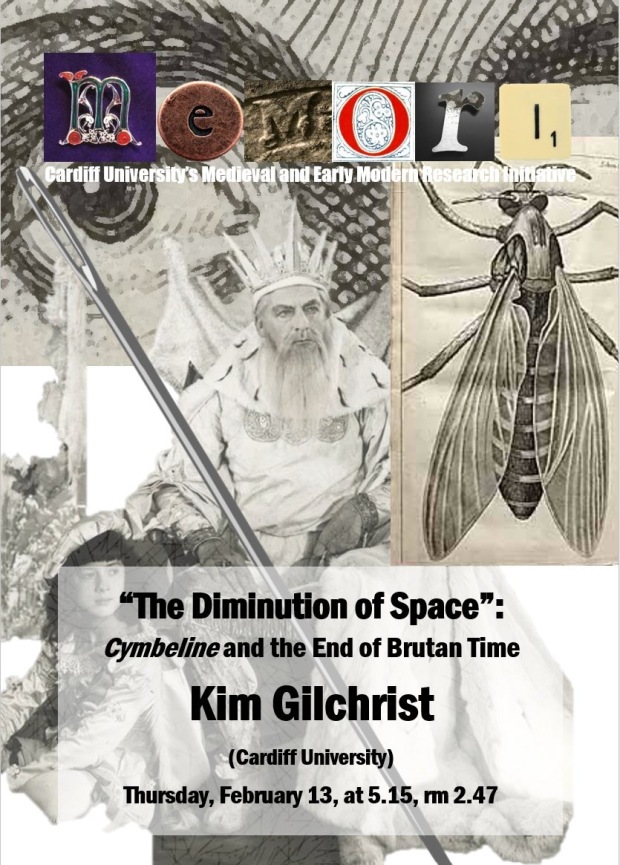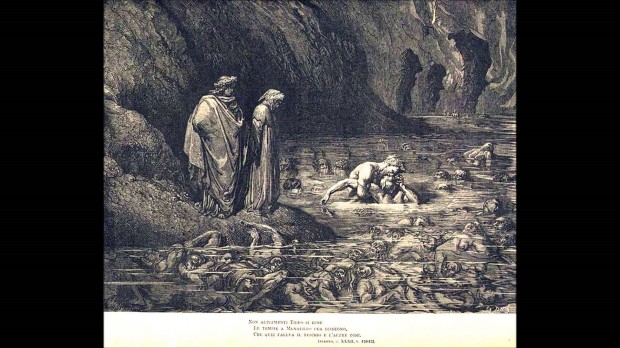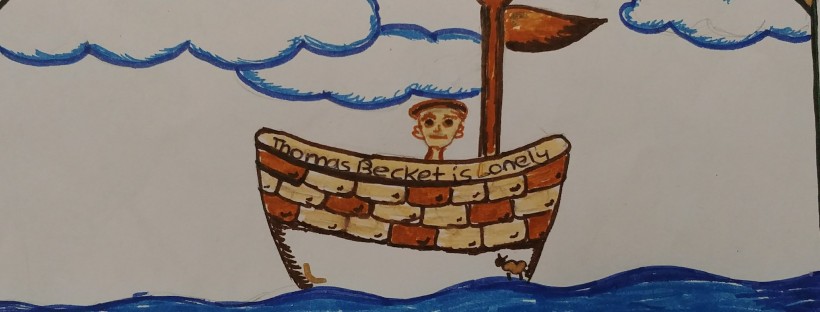
Ghost, spectre, wraith, spirit, shade, spook, phantom, apparition, poltergeist, bogey, haint – the profusion of terms, with their different origins and linguistic histories, with sometimes distinct but often overlapping meanings, testifies to a continuing, evolving but seemingly fundamental anxiety concerned with the possibility of an afterlife and, more specifically, the idea of a restless soul or spirit of the deceased. From the vapours of Homer’s Odyssey to Plutarch’s account of the ghost of a murdered man, haunting the baths at Chaeronea, whose groans and shrieks caused terror amongst the people, or from the ghost of Hamlet’s murdered father urging vengeance to Sweet William’s Ghost (Child Ballad 77), begging his still-alive fiancée to free him from his promise to marry her, literary ghost stories have taken a plethora of forms and functions.
Medieval ghost stories are both like and unlike earlier and later spectral traditions. Predominantly taking the form of unquiet…
 .
.





 Textual Provenance and Problematic Versions
Textual Provenance and Problematic Versions Detail of a miniature of Lydgate and pilgrims on the road to Canterbury, at the beginning of the prologue to the Siege of Thebes. Attributed to Gerard Horenbout. c. 1516-1523. British Library MS Royal 18 D II f. 148.
Detail of a miniature of Lydgate and pilgrims on the road to Canterbury, at the beginning of the prologue to the Siege of Thebes. Attributed to Gerard Horenbout. c. 1516-1523. British Library MS Royal 18 D II f. 148. Next Meeting: 18th April 2018 / Room 3.62 / 3-5pm
Next Meeting: 18th April 2018 / Room 3.62 / 3-5pm